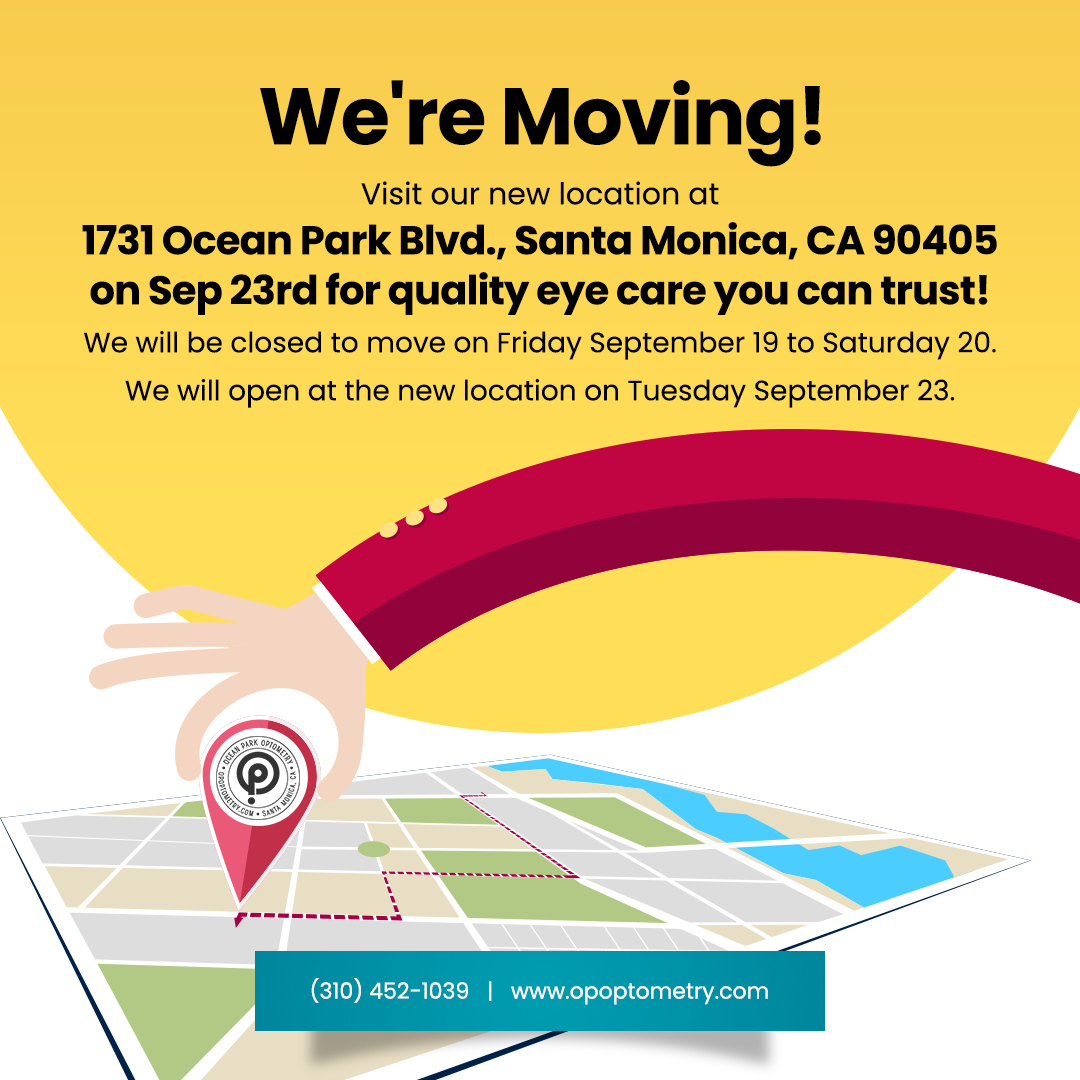
Many people have had an eye exam at least once, and they probably know what to expect in one. The eye doctor performs a series of eye exams to help them examine the most basic parts of eyesight.
The tests are much more detailed and specific in a comprehensive eye exam. The eye doctor will examine the eye structures and the quality of vision. However, these tests can miss something critical.
BVD is a fairly common eye condition that affects your visual system function. It affects between 10 to 20% of the world’s population. Furthermore, most people with the condition do not know it is the cause of their symptoms. This is because BVD causes various symptoms that may be attributed to other conditions. It needs a unique exam for correct diagnosis.
What Is a Neurovisual Exam?
A neurovisual examination is a specialized comprehensive eye exam focusing on a broad spectrum of the visual system. The examination is different from a traditional exam in that it contains various exams and tests that are not in the conventional exam. The exam can take up to two hours to complete.
The examination aims to identify subtle abnormalities in the visual system focusing on eye alignment. Eye misalignment is the leading cause of BVD and its symptoms.
Signs You Need a Neurovisual Examination
Some of the symptoms associated with BVD include:
Head tilt.
Neck aches.
Difficulty reading.
Motion sickness.
Balance issues.
Blurred vision.
Skipping lines when reading.
Headaches.
Double vision.
Anxiety.
Sensitivity to light.
Glare.
Dizziness.
Reading fatigue.
Feeling overwhelmed in large spaces or crowds.
Covering or closing one eye to see better.
What Is BVD?
For your vision to work, your eyes and brain must work together as a team. BVD, or binocular vision dysfunction, is a condition where your eyes are unable to work well together. It affects the visual information that your brain receives and how it interprets it. The image generated is misaligned, causing your brain and body to overexert the eyes and the corresponding muscles. This overexertion is the main cause of the symptoms common with BVD patients.
What to Expect in a Neurovisual Exam
At the beginning of the exam, you will need to fill in a detailed questionnaire to help the doctor understand your symptoms. Then the eye doctor will ask for a detailed medical history to rule out other causes of the symptoms. After this, the eye doctor will perform a series of specialized tests to analyze the performance of your visual function.
How to Prepare for a Neurovisual Exam
Carry Your Glasses
Before the test, ensure you get a good night’s rest and have a good meal. Also, carry your current eyeglasses or contact lenses.
A List of Any Medication You Are Using
Some medications can affect the function of your eye muscles. Please send information about your medication before the examination.
Come With a Friend
The examination may involve eye dilation that can affect your eyesight. You must come with a friend to help you get home after the exam.
For more on what to expect from a neurovisual examination, visit Ocean Park Optometry at our office in Santa Monica, California. Call (310) 452-1039 to book an appointment today.













